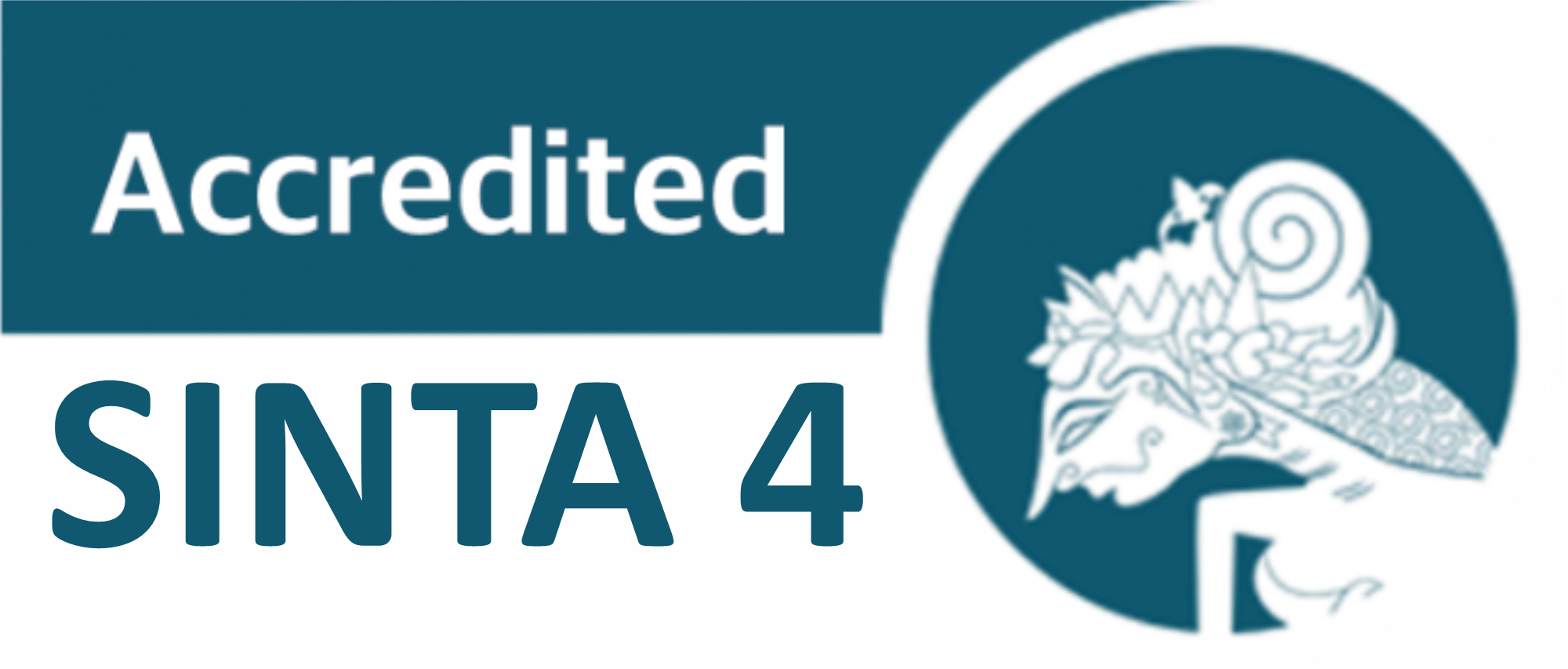Exploration of Organic Mushroom Forms in The Design of Aesthetic and Functional Nakas
DOI:
https://doi.org/10.24114/gr.v14i1.65553Keywords:
Exploration, Furniture design, Mushroom, Nightstand, FunctionalityAbstract
Modern furniture design is increasingly focusing on aesthetics, functionality, and sustainability. One of the innovative approaches to furniture design is biomimicry, which is adapting the natural shape of the mold into the design of the product. This study explores the visual characteristics of mushrooms to be applied in the design of aesthetic and functional nightshades. The research method used is qualitative. Literature studies, observation of fungal shapes, sketch experiments, 3D models, and prototyping were carried out to understand the structure and texture of fungus. Some of the types of fungi observed are Agaricus bisporus, Pleurotus ostreatus, and Ganoderma lucidum which have potential in furniture design. The data analysis technique used is ergonomics analysis. The ergonomic analysis of the design of the mushroom organic shaped nightstand emphasizes the fit between aesthetics and function. The results of the study show that the organic form of the mushroom can be effectively adapted in the design of the nightshade, optimizing aesthetics and ergonomics. The design sketches were developed based on biomimicry principles, then tested through digital models and prototypes made of mycelium and sustainable wood. Functionality tests prove that this design not only enriches the visual value of the furniture but also improves the space efficiency as well as the durability of the product. In conclusion, the exploration of the organic forms of mushrooms in nightstand design offers an innovative solution for the furniture industry by combining natural aesthetics, ergonomics, and sustainability. With a biomimicry approach, this design can be a reference for the development of furniture products based on natural inspiration that are more innovative and environmentally friendly.References
Adiani, N., Aulia, H., & Khoir, A. (2023). Desain Kursi Dari Sampah Bonggol Jagung dan Buah Simpalak. Prosiding Seminar Nasional Sains Dan Teknologi Terapan. https://ejournal.itats.ac.id/sntekpan/article/view/5203
Andarini, R. (2024). Tinjauan Teori Vitruvius pada Desain Gubuk dengan Konsep Tumpeng di Kabupaten Ngawi, Jawa Timur. Anggapa Journal-Building Design and Architecture Management Studies, 3(1), 26–35.
Budiwiyanto, J., Badriyah, S., & Fauza, D. H. (2016). Pengembangan Desain Furnitur Dan Accessories Interior “Limbukyu” Dengan Menggali Budaya Tradisi Jawa Sebagai Upaya Membangun “Brand I Mage” Produk Ekonomi Kreatif Perguruan Tinggi Seni Laporan Penelitian Hibah Bersaing. http://repository.isi-ska.ac.id/2332/
Creswell, J. W. (2017). Research design: Qualitative, quantitative, and mixed methods approaches. Sage publications.
Emamifar, S. N., Velmi, S. Z. H., & Arezofar, S. (2023). An Inquiry into the Relation Between Recycling Art and Typography in Environmental Protection. Journal of Graphic Arts & Painting Alzahra University, 6(10), 4–16. https://doi.org/10.22051/PGR.2023.41970.1205
Fadhilla, M. (2022). Perancangan Sentra Kerajinan Bambu Di Sendari, Tirtoadi, Mlati, Sleman Dengan Pendekatan Arsitektur Organik. https://dspace.uii.ac.id/handle/123456789/38722
Justin, M. R., Rohiman, R., & Darmawan, A. (2022). Desain Identitas Visual Pada Umkm Ruang Keramik Studio Kota Metro Lampung. Gorga : Jurnal Seni Rupa, 11(1), 156. https://doi.org/10.24114/gr.v11i1.34948
Khoir, M. S. (2024). Perancangan Asrama Sehat di Kawasan Pesantren Al Manaar Gunungkidul [PhD Thesis, Universitas Islam Indonesia]. https://dspace.uii.ac.id/handle/123456789/51908
Kurniawan, E. (2013). Teknik Pembuatan Bibit Cempaka (Elmerrilia tsiampacca) Sebagai Materi Pembangunan Kebun Benih Semai Generasi Pertama (F-1). Jurnal Penelitian Sosial Dan Ekonomi Kehutanan, 10(1), 1–13.
Muttaqien, T. Z., & Adiluhung, H. (2023). Pemanfaatan Sisa Bahan Produksi Menjadi Material Siap Pakai Dan Penerapannya Pada Produk Dekorasi Rumah. Gorga: Jurnal Seni Rupa, 12(1), 224–229. https://doi.org/10.24114/gr.v12i1.51393
Rohiman, R., Moussadecq, A., & Widakdo, D. T. (2022). Ornamen Kapal Lampung Typeface. Gorga : Jurnal Seni Rupa, 11(2), Article 2. https://doi.org/10.24114/gr.v11i2.38959
Supriadi, S. (2014). Kura-Kura Sebagai Sumber Ide Penciptaan Meja Dan Kursi Santai [PhD Thesis, Institut Seni Indonesia Surakarta]. http://repository.isi-ska.ac.id/81
Sutanto, H. B., & Saputri, G. A. (2017). Alternatif Sistem Pengolahan Lanjutan Limbah Industri Penyamakan Kulit Menggunakan Lahan Basah Buatan. Seminar Hasil Penelitian Bagi Civitas Akademika 2017, 1(1), 142–146. https://genesis.ukdw.ac.id/lppm/seminar/index.php/seminar2017/article/view/8
Usop, J. W. (2019). Desain Kursi Rotan Dengan Konsep Berkelanjutan Di Palangka Raya-Kalimantan Tengah. Seminar Nasional Arsitektur, Budaya Dan Lingkungan Binaan (SEMARAYANA), 187–208. https://eproceeding.undwi.ac.id/index.php/semarayana/article/view/27
Utomo, T. P., & Haryanto, E. S. (2019). Desain Aromatherapy Decorative Light Dengan Lampu Ultraviolet Dan Minyak Atsiri. PROSIDING: SENI, TEKNOLOGI, DAN MASYARAKAT, 2, 188–198.
Downloads
Published
How to Cite
Issue
Section
License
Copyright (c) 2025 Dina Mariana Sari, Rika Febri Sasmita, Rohiman Rohiman, Andi Wahyu Zulkifli Yusuf, Meylinda Putri Wijaya

This work is licensed under a Creative Commons Attribution-ShareAlike 4.0 International License.
Copyright
Authors published in this journal agree to the following terms:
- The copyright of each article is retained by the author (s).
- The author grants the journal the first publication rights with the work simultaneously licensed under the Creative Commons Attribution License, allowing others to share the work with an acknowledgment of authorship and the initial publication in this journal.
- Authors may enter into separate additional contractual agreements for the non-exclusive distribution of published journal versions of the work (for example, posting them to institutional repositories or publishing them in a book), with acknowledgment of their initial publication in this journal.
- Authors are permitted and encouraged to post their work online (For example in the Institutional Repository or on their website) before and during the submission process, as this can lead to productive exchanges, as well as earlier and larger citations of published work.
- Articles and all related material published are distributed under a Creative Commons Attribution-ShareAlike 4.0 International License.
License
Gorga : Jurnal Seni Rupa is licensed under a Creative Commons Attribution-ShareAlike 4.0 International License.










